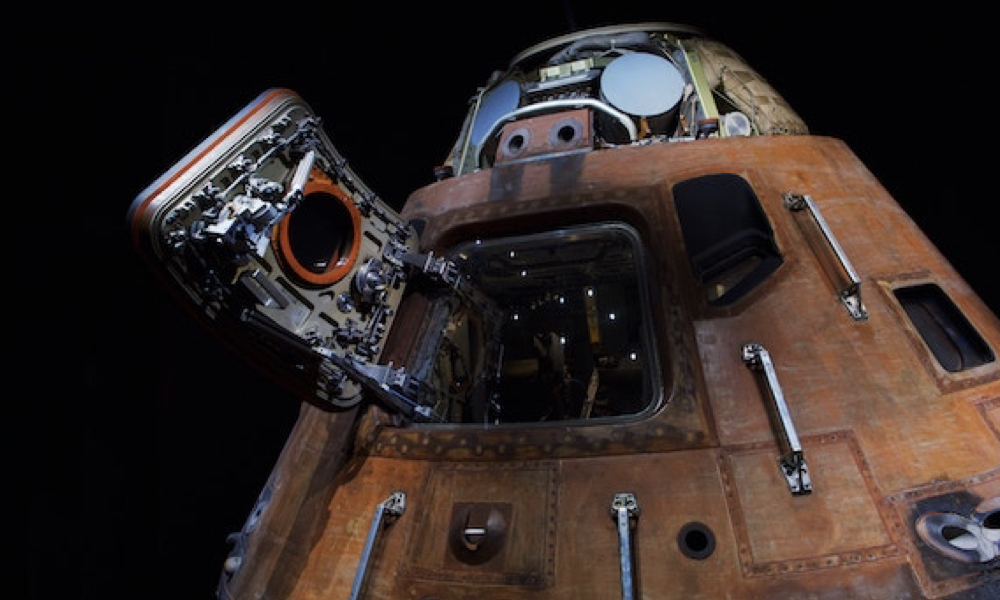
ESA Open Invitation To Tender AO8195
Open Date: 06/02/2015
Closing Date: 05/06/2015
Status: ISSUED
Reference Nr.: 15.156.01
Prog. Ref.: Sentinel 1MFF
Budget Ref.: E/E001-01 – Sentinel 1MFF
Special Prov.: A+B+BG+HR+CY+CZ+DK+EE+FIN+F+D+GR+H+IRL+IS+I+LV+LT+LUX+MT+NL+PL+POR+RO+SK+SI+E+S+GB
Tender Type: C
Price Range: > 500 KEURO
Establishment: ESTEC
Directorate: Directorate of EO Programmes
Department: Earth Observation Projects Department
Division: GMES Space Comp Space Segment Programme
Contract Officer: Papaioannou, Maria
Last Update Date: 06/02/2015
Update Reason: Tender issue
Following the entry into force of the Copernicus Agreement between the European Union represented by the European Commission and ESA, the Agency intends to publish the Invitation To Tender for the procurement of the Copernicus Sentinel-1C and 1D satellites. The Copernicus Sentinel-1C and -1D Satellites are a follow-on to the current series of two Copernicus Sentinel-1 Satellites, called Sentinel-1A & -1B. Copernicus is the new name for the Global Monitoring for Environment and Security programme, previously known as GMES. Copernicus is a programme fully funded by the European Union in partnership with the European Space Agency (ESA) to which the Commission has entrusted the tasks relating to the Implementation of the elements of the Copernicus Space Component. ESA is developing a new family of satellites, called Sentinels specifically for the operational needs of the Copernicus programme. The Sentinel-1 Mission is based on a constellation of two C-band SAR satellites to fulfil revisit and coverage requirements, providing robust datasets for Copernicus Services for the following services areas: – Monitoring sea ice zones and the arctic environment – Surveillance of marine environment (wind speed, oil spill and ship detection) – Monitoring land surface motion risks – Mapping of land surfaces: forest (climate change, management, fire), water and soil, agriculture (food security, crop monitoring) – Mapping in support of humanitarian aid in crisis situations The Sentinel-1A satellite has been already launched and the Sentinel-1B satellite is undergoing Phase D of the industrial contract. The technical requirements for the C and D units will be specified in the ITT via a set of detailed documents; they would be equivalent to the technical requirements made applicable to the A and B units both in terms of performance and operations capability maximising the re-use of qualified space components developed by ESA and its Participating States in the context of the GMES Space Component programme. The Sentinels C and D main improvements from the corresponding technical requirements for the A and B units are limited to the following: – the bidders will be required to comply with the latest applicable ESA requirements on debris mitigation and casualty risk (resulting from satellite re-entry at end-of-life); – the bidders will be requested to quote – as part of the baseline offer – the embarkation of a GNSS receiver that will be able to exploit (in addition to the current and future GPS signals) also the signals from the Galileo constellation, the flagship navigation programme of the European Union. – The bidders will be requested to quote“as part of the baseline offer the procurement and embarkation of an Automatic Identification of Ships (AIS) receiver. The Sentinel-1C/-1D will each include an Optical Communication Payload, that shall be included within the bidder’s offer and that shall be procured as part of the satellite contract The Sentinel -1 C and D will be identical satellites. The Sentinel-1 C and D spacecraft are scheduled to be launched at the end of service of the corresponding A unit (for the C model) and B unit (for the D model), nominally in the 2021- 2023 timeframe. The development of the C model shall be finalised by the end of the year 2020 at the latest (July 2021 for the D model). The ITTs will cover the production phase until successful Flight Acceptance Review (FAR) of each Satellite. The ITT will be open to all Union Member States and the States participating in the Copernicus Programme. The Sentinel-1C/-1D ITT is expected to be issued in late January 2015, with an overall bidding period expected in the order of four (4) months. Some of the main ITT conditions are here below anticipated: – In order to make maximum use of prior public sector financial and infrastructure investment (particularly in the GMES/COPERNICUS programme) the bidders will be required to minimise the project risk by pro posing a qualified sspacecraft design based as much as feasible on qualified equipment. Inclusion in the design of non-recurrent units shall be properly justified and accompanied by a dedicated risk-reduction programme. In the exceptional case that the prime bidders offer does not(satisfactorily) cover an activity to be performed at subcontractor level, the latter shall be procured by the Prime Contractor at a later stage during the execution of the contract through a self-standing Invitation to Tender to which the ESA Best Practices procedures.€For the selection of subcontractors by Prime Contractors in the frame of ESAs major procurements or parts thereof will apply. – In order to minimise risks, the bidders will be requested to include as part of their offer a complete spacecraft accompanied by a fully defined industrial consortium and a documented heritage for every proposed equipment.- In order to promote the widest industrial participation thresholds for the various industrial groups/roles will be set in the ITT.
If you wish to access the documents related to the Invitation to Tender, you have to log in to the ESA portal.
